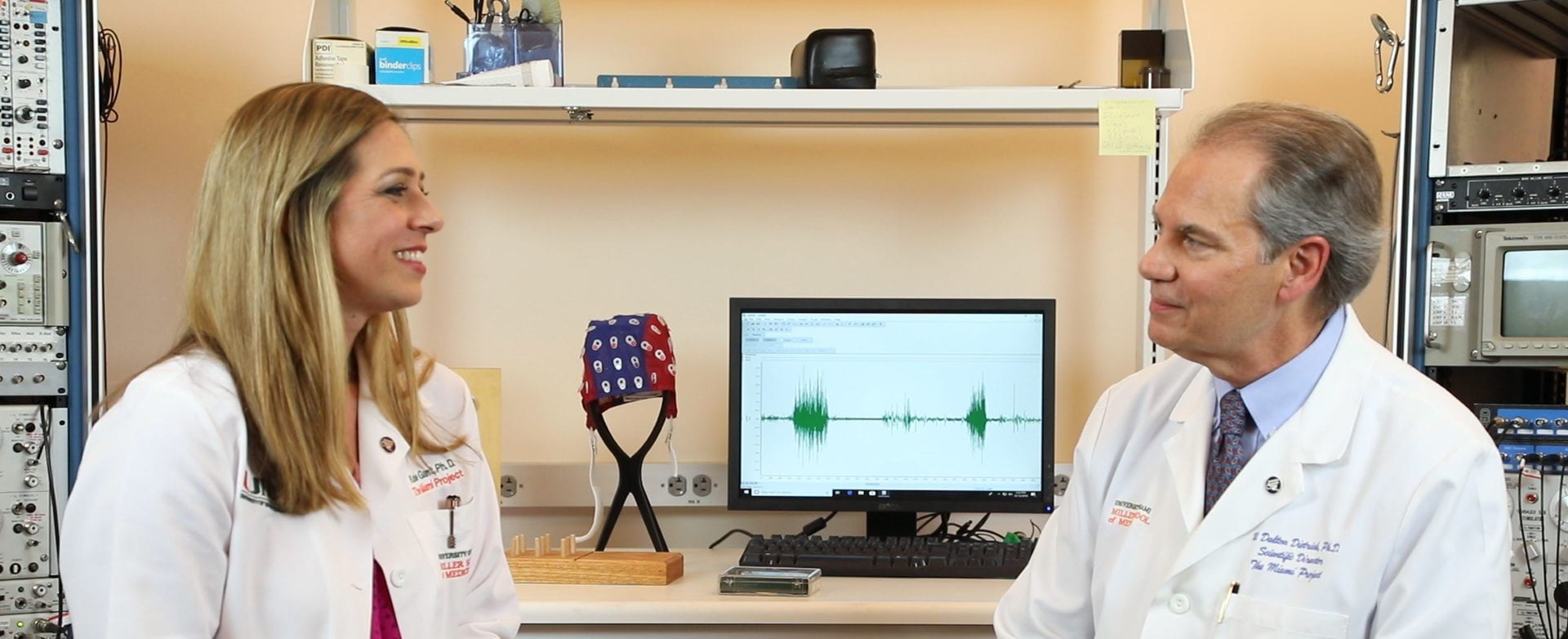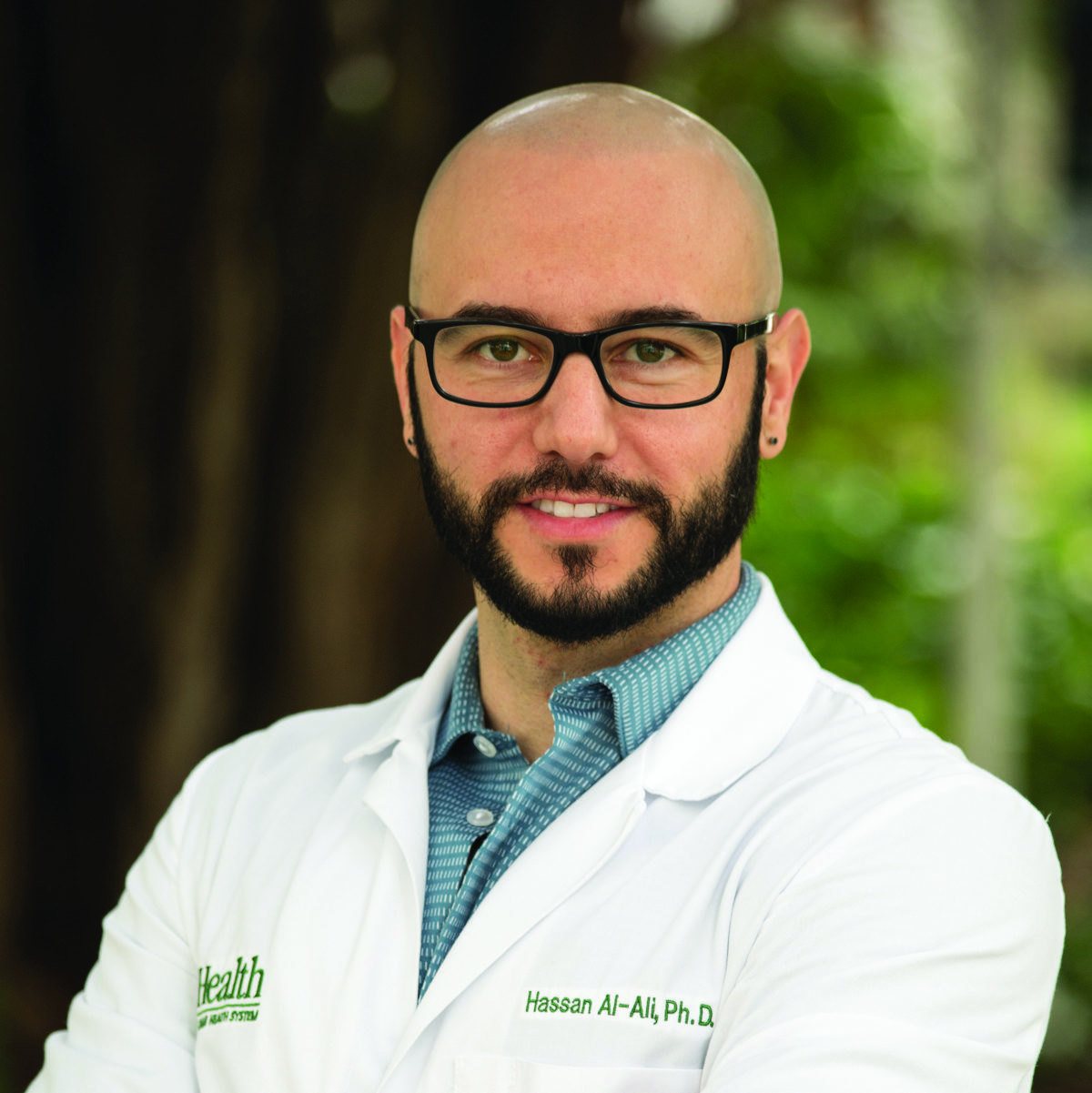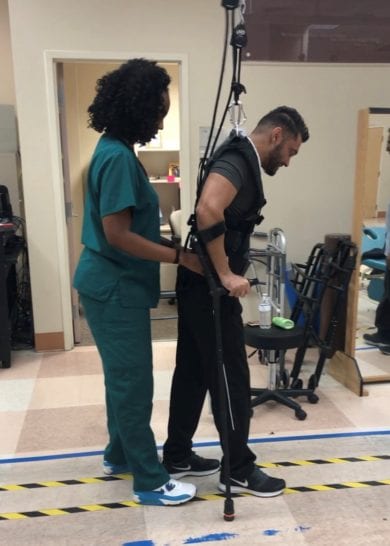In this episode of A Moment with Dalton we catch up with Daniel J. Liebl, Ph.D., Professor, Department of Neurological Surgery and The Miami Project. Dr. Liebl discusses his two decades at The Miami Project and University of Miami Miller School of Medicine where he has studied the molecular mechanisms that regulate cellular dysfunction and…
The Miami Project
Miami Project researchers recently published a paper in Frontiers in Systems Neuroscience titled Activation of Brainstem Neurons During Mesencephalic Locomotor Region-Evoked Locomotion. In this work, Brian Noga, Ph.D., Research Associate Professor, Department of Neurological Surgery and The Miami Project to Cure Paralysis, and his team redefine the understanding of the neural pathways involved in walking….
Our Scientific Director, W. Dalton Dietrich, Ph.D., sits down with a member of our faculty or one of our researchers to hear about the latest scientific efforts at The Miami Project. We talk to Katie Gant, Ph.D., a Research Assistant Professor in the Department of Neurological Surgery and Director of The Miami Project’s Education and…
(December – 2019) Miami Project investigators on the edge of discovery as they unlock a novel mechanism for treating SCI. The Miami Project scientists, on the edge of discovery, are working hard to make sure that their science is not only solid and novel, but, more importantly, translatable. With the increasing costs of drug discovery,…
(December – 2019) Since The Miami Project to Cure Paralysis was founded more than 30 years ago, our scientists have been focused on restoring function to people with spinal cord injury (SCI). Although our research strategies are constantly evolving, improving transmission within the central nervous system (neuroplasticity) has always been a major cornerstone of The…
(November – 2019) Researchers in the rehabilitation research labs of The Miami Project to Cure Paralysis have recently started a new Neuromotor Activities Program to provide activities that help maintain and improve the functional capabilities of their current and former rehabilitation research participants. The program will help researchers continue to collect essential data on our…
Spinal cord injury (SCI) results in damage to the cells that transmit electrical signals (neurons) between the brain and the body. Different types of neurons in the central nervous system (CNS) respond differently to an injury. Most neurons die following an injury, while others survive but fail to regenerate axons. However, a small of number…
Transforming Thoughts to Movement Using a Brain-Machine Interface Offers New Hope for Spinal Cord Injury Patients What if paralyzed limbs could move using only the power of one’s thoughts? Borrowing a story line from the realm of science fiction, a team of researchers at The Miami Project to Cure Paralysis — together with neurosurgeons and…
Neuroscientists have been struggling for years to understand why neurons in the brain and spinal cord have so much difficulty re-growing connections after injury caused by trauma or disease. An intercontinental collaboration between the University of Miami and Imperial College London neuroscientists and computer scientists provides new insight into the epigenetic mechanisms that might allow…
Many who have loved ones and friends in wheelchairs because of a spinal cord injury (SCI) are aware of the many associated complications that come along with living life day to day with paralysis. Those who are not close to someone living with paralysis may be surprised to learn that a large percentage live with…



